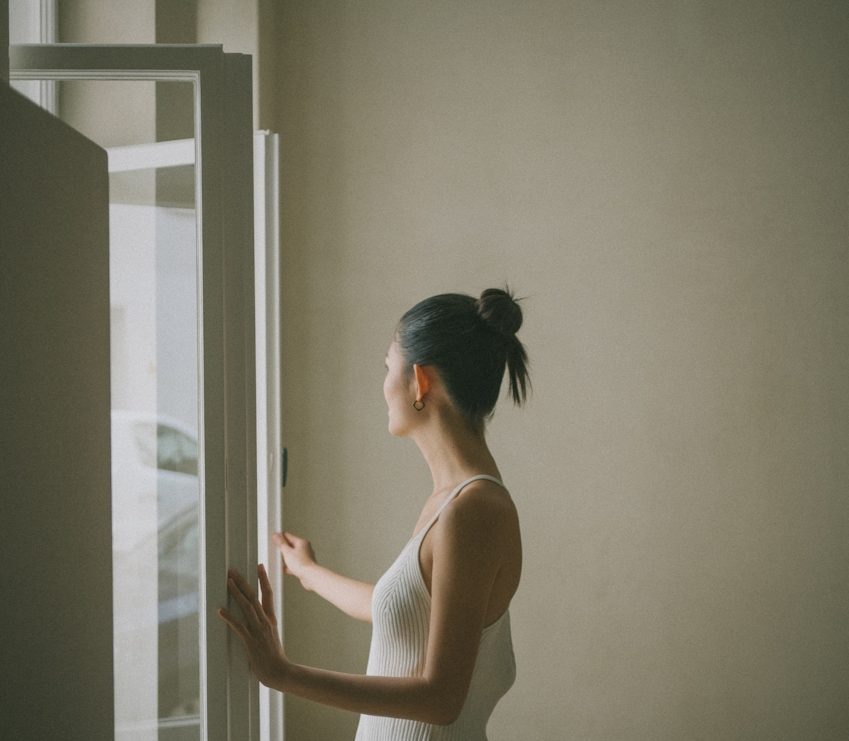Being at the center of a slip and fall case is never an easy situation. On the one hand, many feel as though it will be partially their own fault and that they should have been able to prevent it. On the other, they may feel that the facility in question is to blame, yet have no way to prove it.
Slips and falls in hospitals are an extreme case at points. However, they do occur, and should be prevented. A patient should not have to worry about a chance at slipping when they are a patient at a hospital simply attempting to get out of their bed, should they? Here are essential practices to help prevent possible slips and falls from occurring through appropriate hospital bed positioning and management.
What is a Slip and Fall?
In most cases, a slip and fall occurs when a person, worker, or a visitor slips and falls on the premises of a facility or area owned by another. A case of a slip and fall will usually appear if the person that fell sustained minor to major injuries, and must be taken care of through a hospital, or need treatment of some sort.
Slip and fall cases are generally seen within workplaces, such as a warehouse or office space. However, they do have a chance of occurring within hospitals, as well as other medical facilities. These slips and falls can be due to numerous reasons, such as a patient being physically and mentally unstable during their stay, or a minor error in diagnosis, leaving them in a vulnerable state. In most cases, though, a patient that is injured in a slip and fall incident will look to claim for damages and injuries sustained on the hospital grounds.
Slips and Falls due to Hospital Beds
One such reason a slip and fall may occur is due to hospital bed positioning, and improper usage of the hospital beds. Hospital beds are extremely common in hospitals, as they are used for patient comfort and safety. Usually well-designed, these beds come with many functions that allow them to be used to either move the patient quickly and efficiently, as well as be stable for patients to move or shift around on.
The dangers of a hospital bed slip and fall can be disastrous, however. Since the hospital beds are slightly raised off the ground, normally by a few feet, it can create a potential hazard for the patient if they were to roll off, or if not dismounting the bed properly.
There are also dangers with the bed if the staff and other members of the hospital do not take adequate care of the beds. This may result in an accident occurring in the heat of the moment, or due to a lapse in judgement on a staff member’s part.
Prevention of slip and fall injuries through Appropriate Positioning
To help prevent slips and falls from occurring with hospital beds, it is important to work on proper positioning and stabilization of the beds when in use, as well as out of use. As they are essential in the care process with a patient, here are some ways to improve a patient’s quality of life, as well as decrease the likelihood of a slip and fall occurring.
Routine inspections of Beds
The first step to decrease risk is to ensure that the beds are of sound quality, and in proper condition. Inspecting beds on a regular basis, perhaps daily or weekly, will allow staff and workers to find any possible weak points or flaws in a bed that could create a hazard later on down the road. Ensuring that a bed does not have unstable handrails, or that a bed’s electronic rotating/moving parts are fully functional, can prevent issues from occurring long-term.
Tailor Positions to the Patient and Activity
Depending on what the patient is doing, it is important to adjust accordingly. If the patient is about to go to sleep, maybe a full parallel to the ground is necessary, or a minor incline of the upper body is necessary. If the patient is up and attempting to be a bit more active, it may be important to leave the bed at a 40 degree incline to assist the patient in seeing and looking around.
Lowering or raising the bed is also a priority. If the patient is on the shorter side, lowering the bed to a manageable height will help to reduce anxiety for the patient. This will also allow them to be more independent without the risk of injury. The same can be said for those on the taller side as well. Proper bed height positioning can ease the burden off of a possible accident.
Lock Bed when In the Room
If the bed is not being moved or pushed to and from the room, it is important to lock and stabilize the legs. A shifting bed, at any point, can be seen as a hazard, as patients are likely to shift the bed if they attempt to get up or get out. Making a habit of locking the wheels when the bed will be stationed within the room for an extended period of time ensures that the patient will have a stable footing to push against if they do attempt to get up and about. It will also prevent any collateral damage from occurring, as the beds may collide and crash into other objects within the room if not secured properly.
